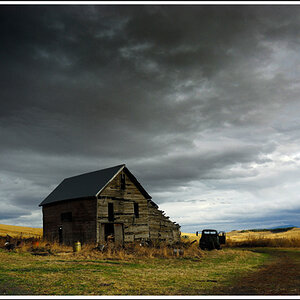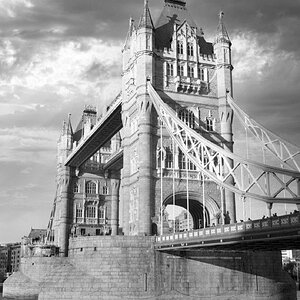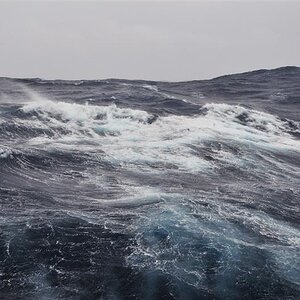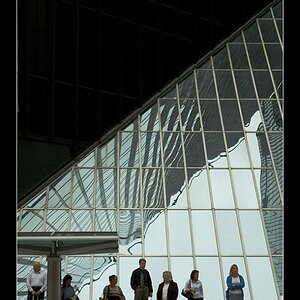kkamin
TPF Noob!
- Joined
- Aug 25, 2009
- Messages
- 515
- Reaction score
- 17
- Location
- Minneapolis
- Website
- www.kevinkaminphoto.com
- Can others edit my Photos
- Photos OK to edit

On my monitor, I can see banding in the radial gradient on the background. I created this in Photoshop. Why is this happening? Is there anyway to avoid this?













